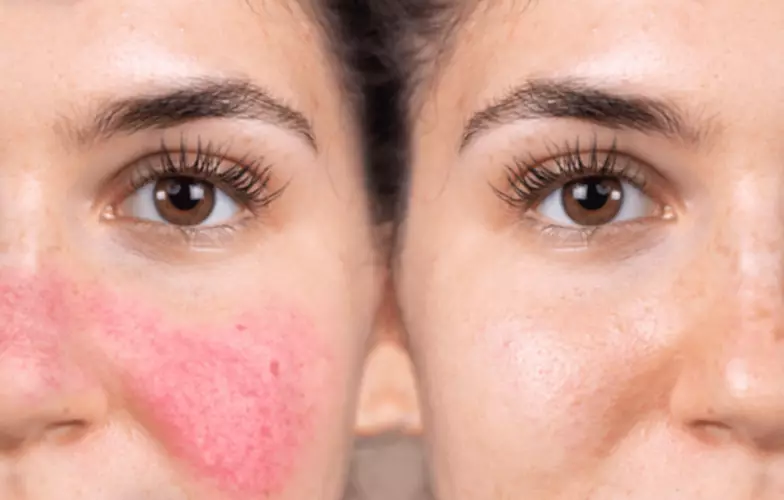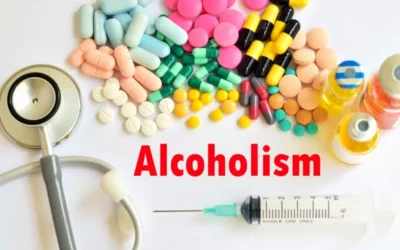Content
Its most common symptoms include problems with thinking, concentration, and communication; depression and anxiety; physical weakness or paralysis; memory problems; seizures; and periods of severe confusion. Disease management requires acceptance of a problem, follow-through with treatment, and an understanding that a person can have periods of symptom flare-ups or relapse (but this doesn’t mean hope is lost). Lean into your loved ones for support and ask them to help you through this difficult time.

Type 2 diabetes results from insulin resistance, which develops when the cells fail to respond properly to insulin. It develops with age and therefore also is referred to as adult-onset diabetes. It’s never too early to see a primary care physician or another healthcare provider about your relationship to alcohol. AUD is usually treated with multiple methods, including behavioral therapies, medications, and support groups.
Extended Self-Monitoring
This process has focused mainly on extended treatment models that increasingly blur the distinction between intensive initial care and less intensive continuing care aimed at prolonging treatment participation. A second trend is the design of alternative treatment delivery modes that may be able to reach patients with limited access to or interest in traditional settings and strategies. However, many of these studies have been conducted in patients with a range of AOD disorders rather than focusing on patients with alcohol use disorders only. Another limitation to calculating the burden of chronic diseases and conditions attributable to alcohol consumption is the use of mainly unadjusted RRs to determine the AAFs. The RR formulas were developed for risks and were adjusted only for age (see Flegal et al. 2006; Korn and Graubard 1999; Rockhill and Newman 1998), although many other socio-demographic factors are linked with both alcohol consumption and alcohol-related harms (see figure 1). However, two arguments can be made to justify the use of mainly unadjusted RR formulas in the 2005 GBD study.

In 1956 the American Medical Association (AMA) declared Addiction to alcohol and other drugs, to be a disease. Definitions include disorder of human functions with signs and symptoms not caused by physical injury. Thus, extended behavioral interventions have demonstrated some benefits in terms of treatment engagement, participation, and retention as well as with respect to AOD-related outcomes. It is important to note, however, that in many cases these studies https://ecosoberhouse.com/article/can-alcoholism-be-cured/ compared the extended intervention with some form of “treatment as usual” rather than with a shorter version of the extended intervention. Therefore, it is not entirely clear if the positive effects in these studies are due primarily to the longer duration of the treatment or to the specific components of the extended interventions. Cocaine’s impact on memory and cognitive functioning is a stark reminder of the severe consequences of drug abuse.
Extended Behavioral Treatment Models
Self-help groups such as AA, NA, or Cocaine Anonymous (CA) are the most commonly available type of continuing care for people with AOD use disorders, although they should not be considered formal treatment interventions. All of these groups are based on 12-step programs that provide https://ecosoberhouse.com/article/5-great-tips-for-being-sober-around-drinkers/ a spiritual and behavioral guide to self-improvement and offer social support for people seeking to achieve abstinence. The composition of regular attendees can vary greatly, and some groups may attract certain subgroups of addicts (e.g., younger people, women, or nonsmokers).
Therefore, new members may have to try out several meetings to find a group that is most appropriate for them. In addition, self-help programs with a more secular focus (e.g., SMART Recovery, Rational Recovery, or Save Our Selves [SOS]) are available for those people who are uncomfortable with the religious aspect of AA. The traditional treatment of AOD use disorders involves an initial intensive phase in an inpatient facility, followed by a less intense phase that typically is delivered in an outpatient setting, often at a different facility. In most cases, the approach used by these programs is the “Minnesota Model,” a 28-day inpatient/residential rehabilitation program that was developed at the Hazelden Foundation and other residential programs (Anderson et al. 1999; McElrath 1997). It is based on the 12-step AA principles, but with a holistic goal of treating the whole person (i.e., body, mind, and spirit). After completing the program, the patient is referred to AA for continuing care.











